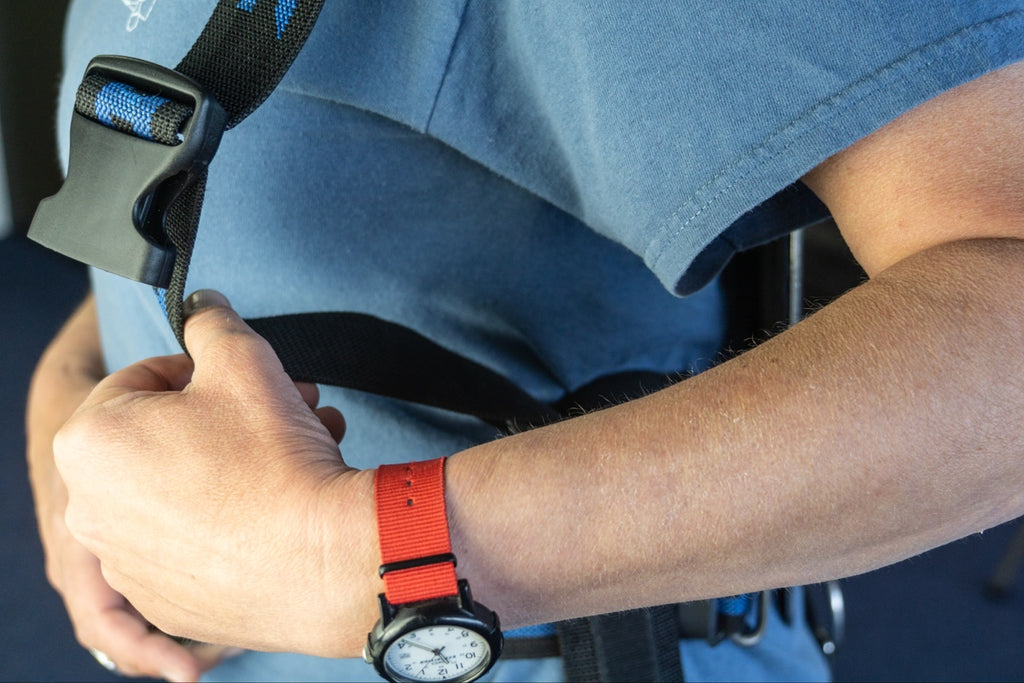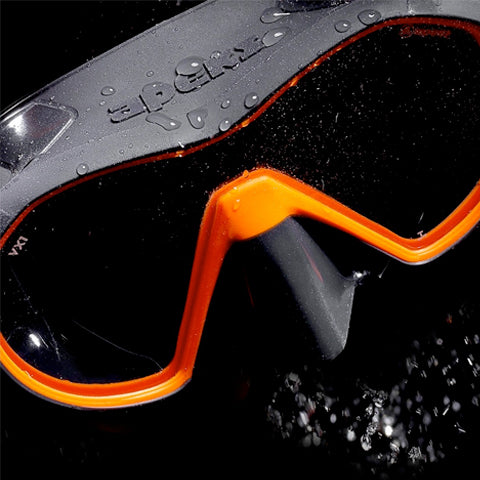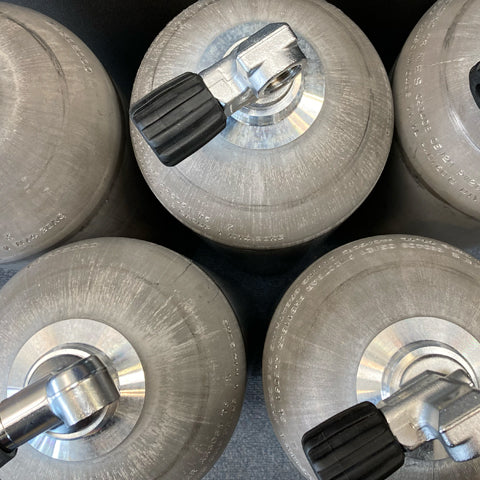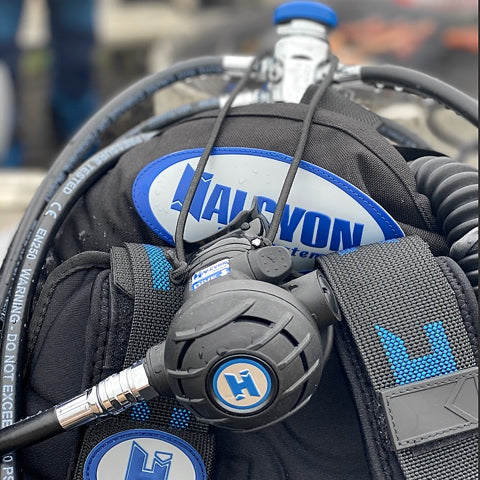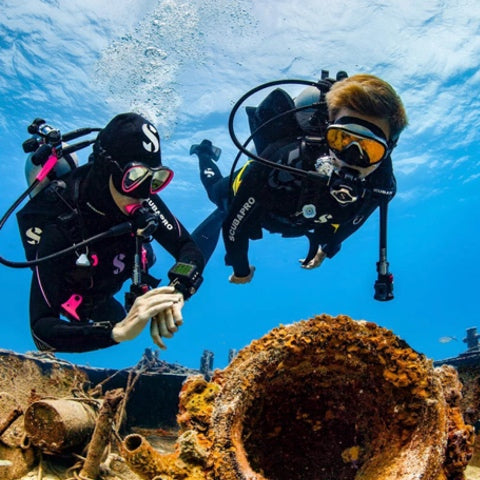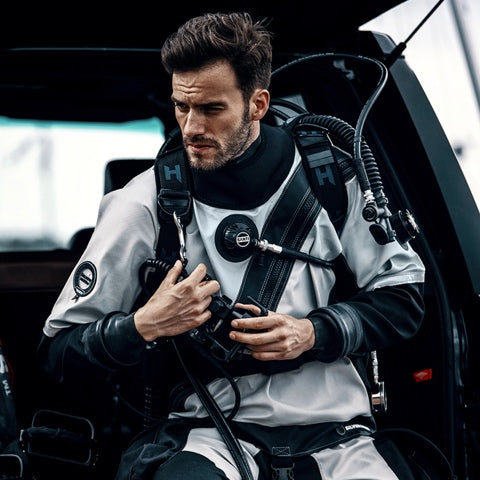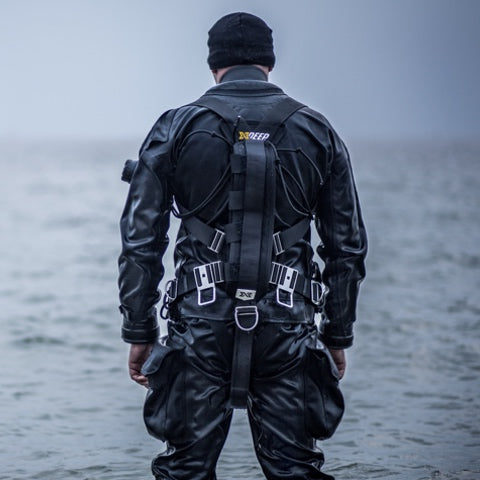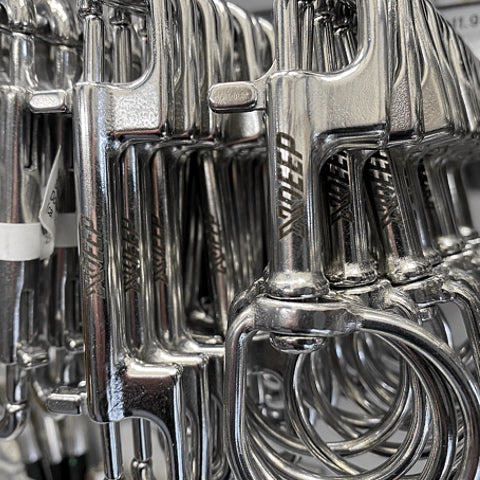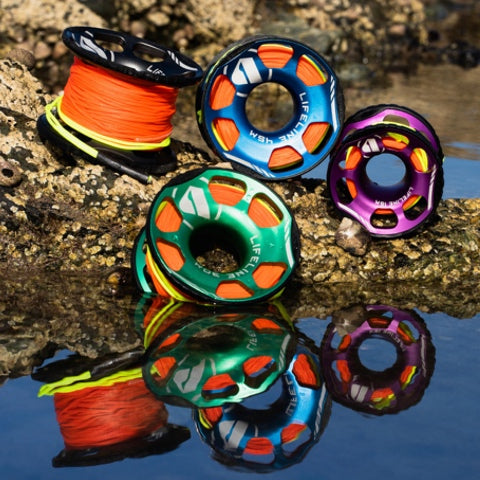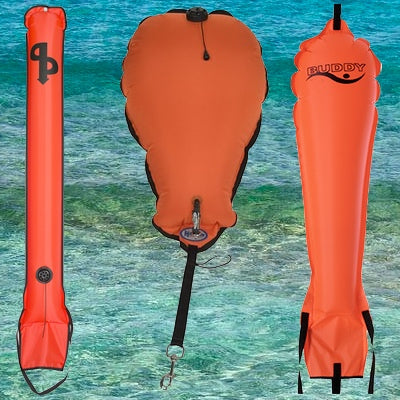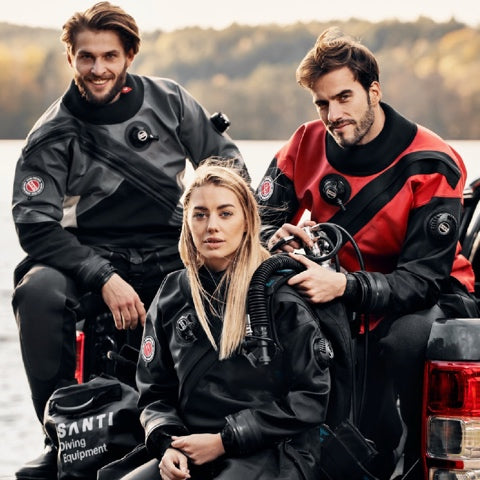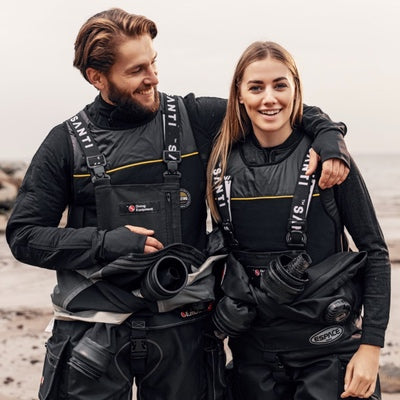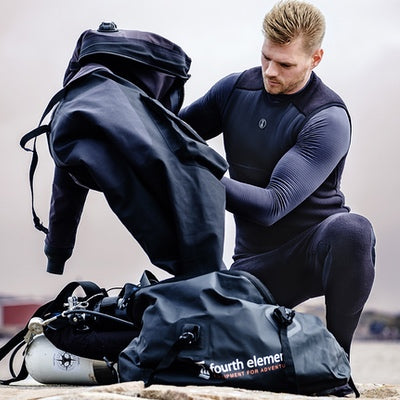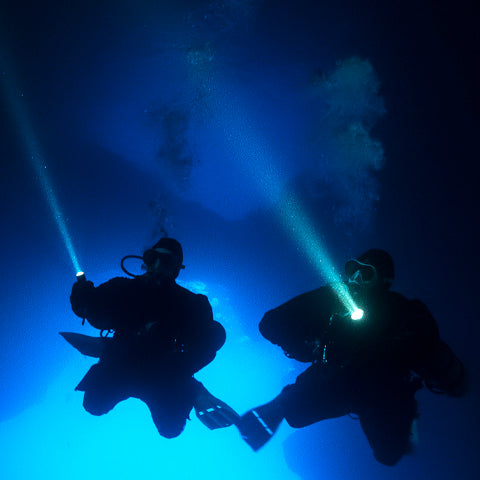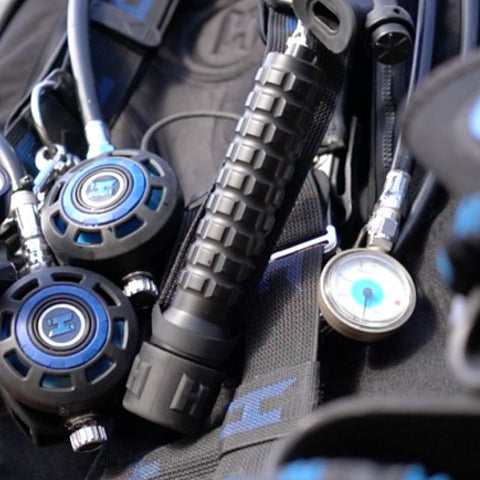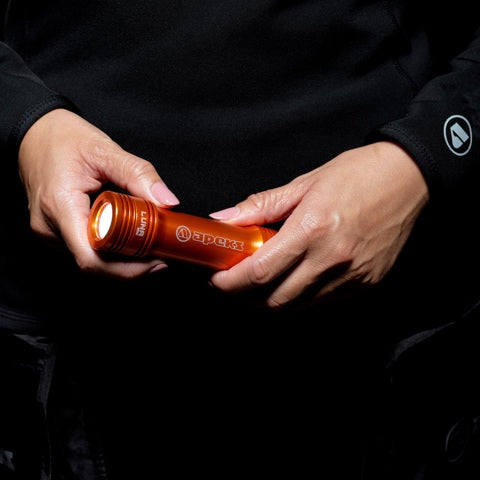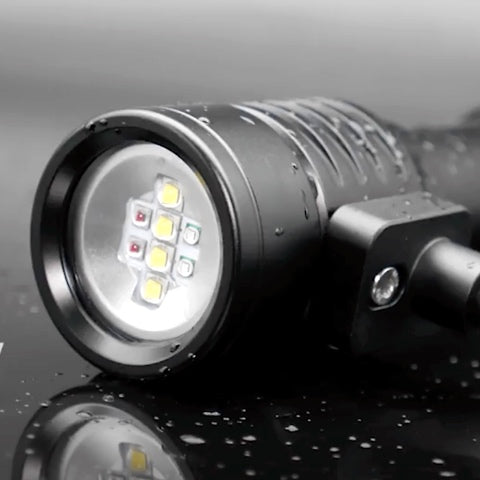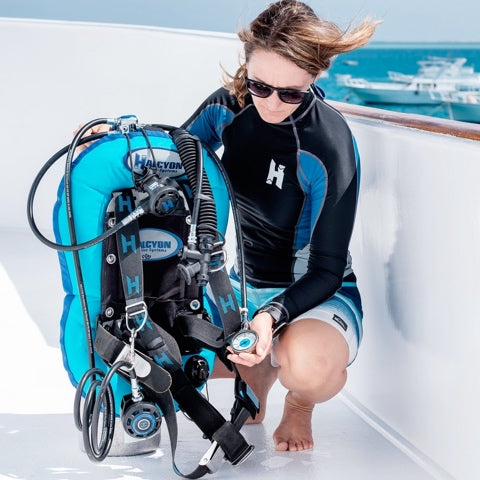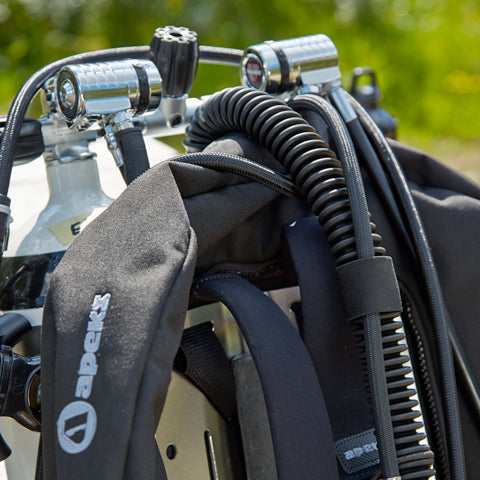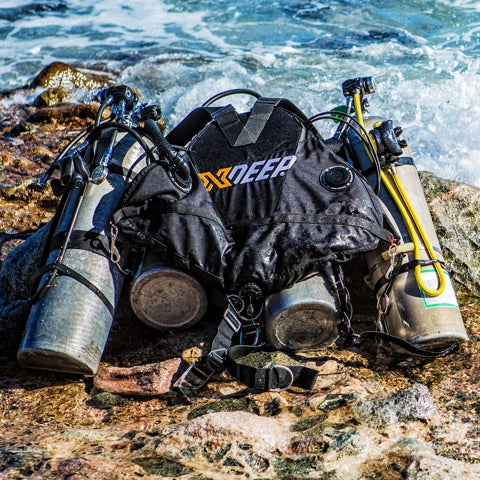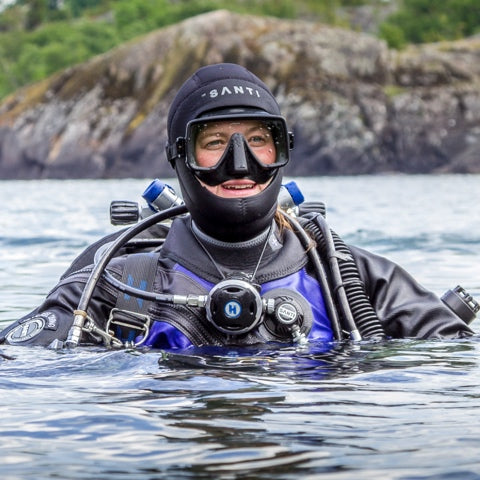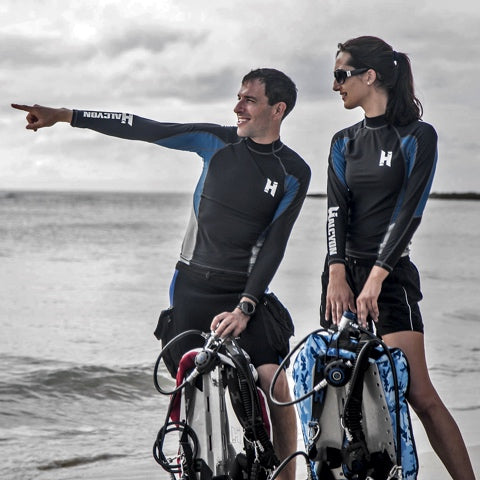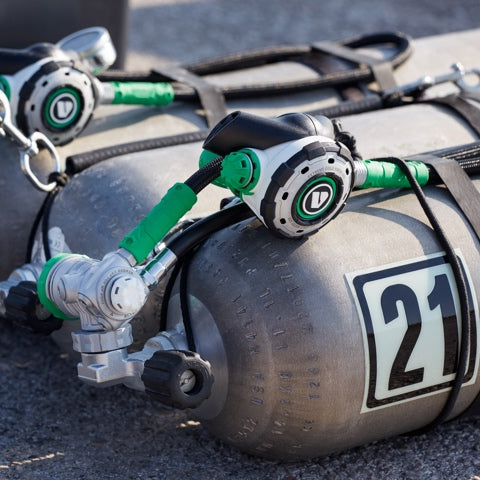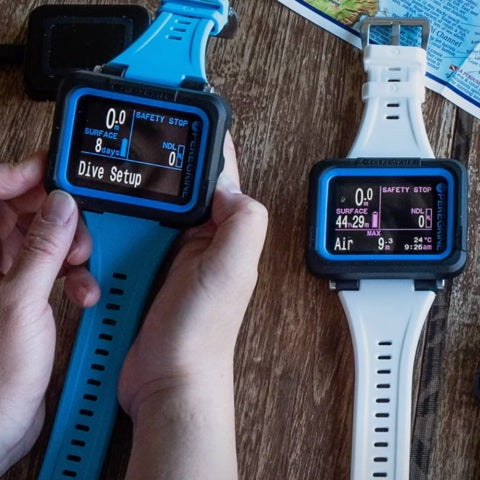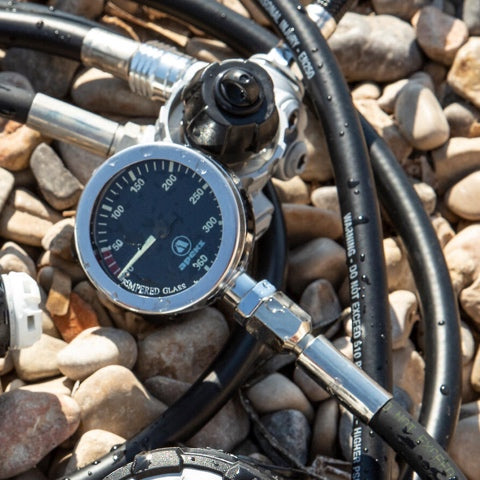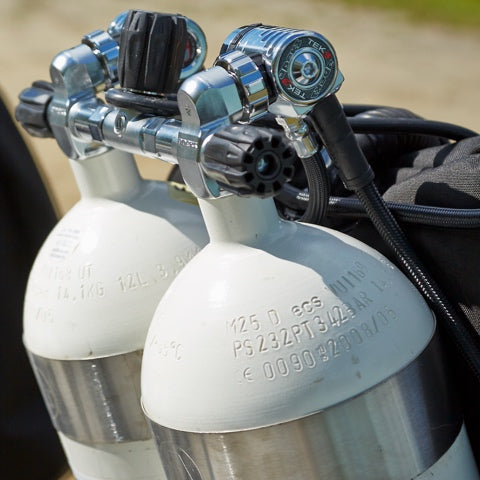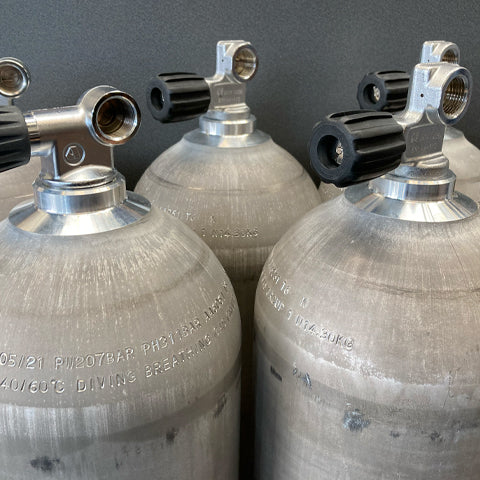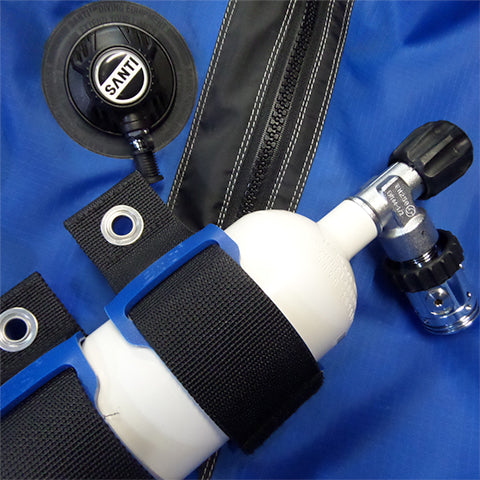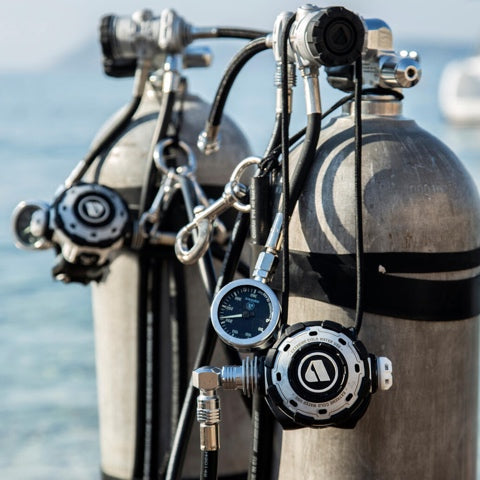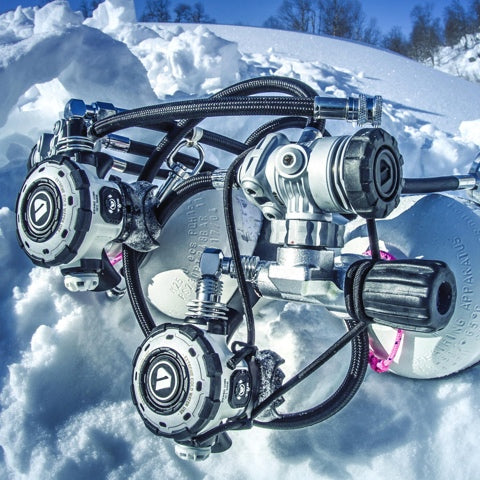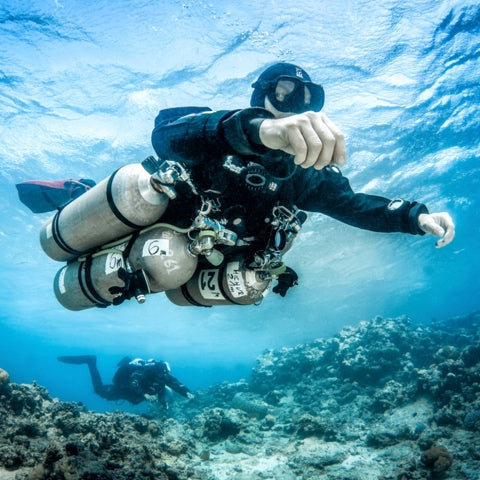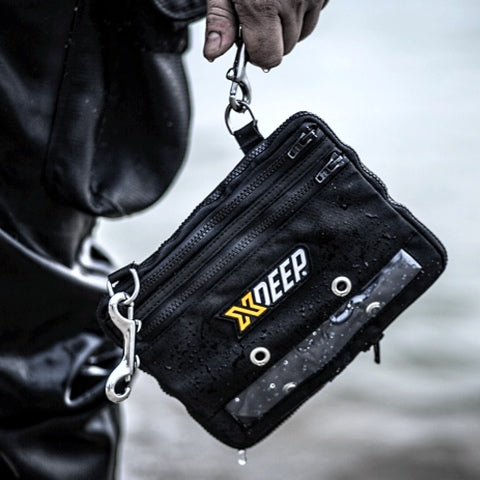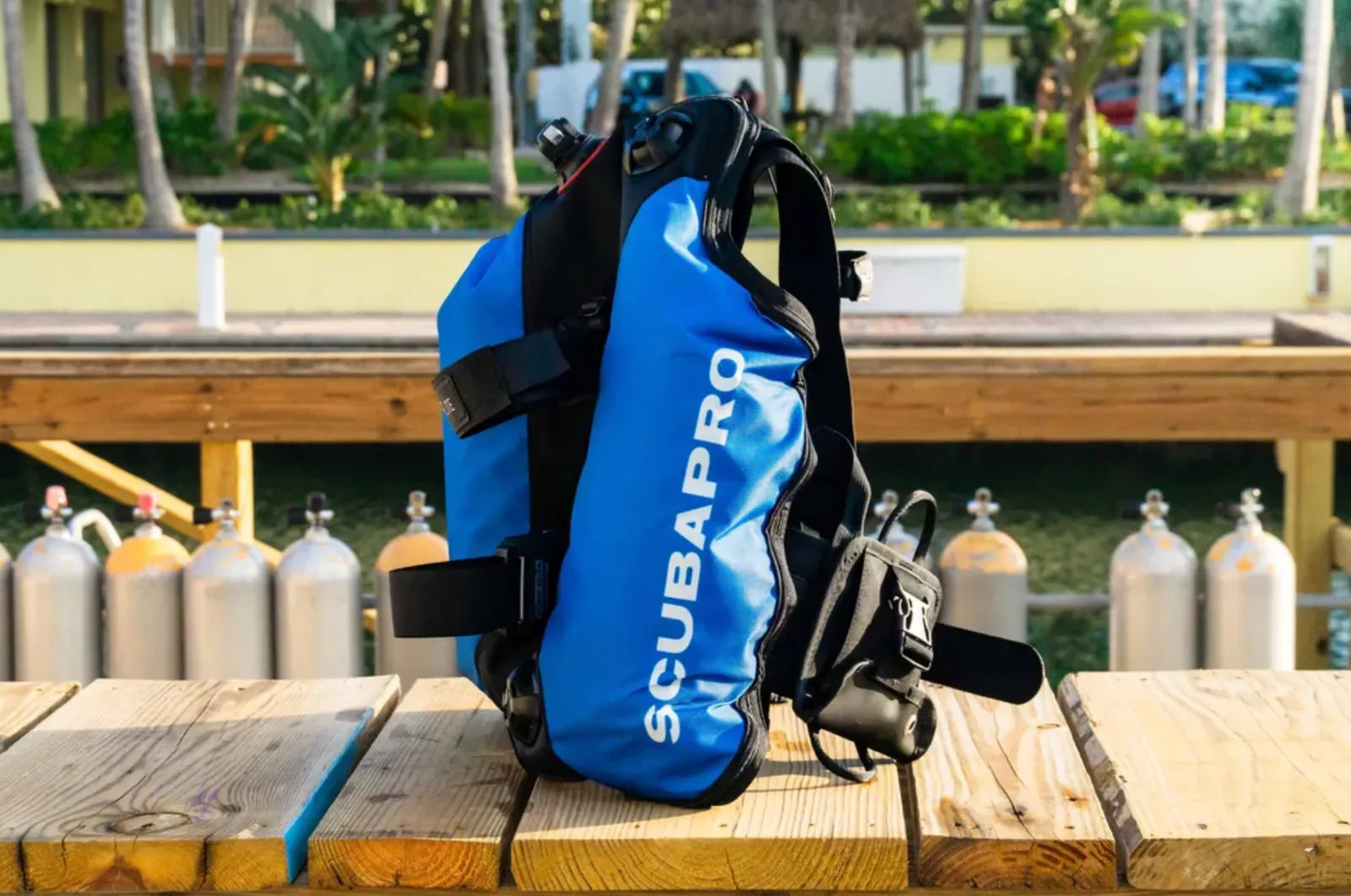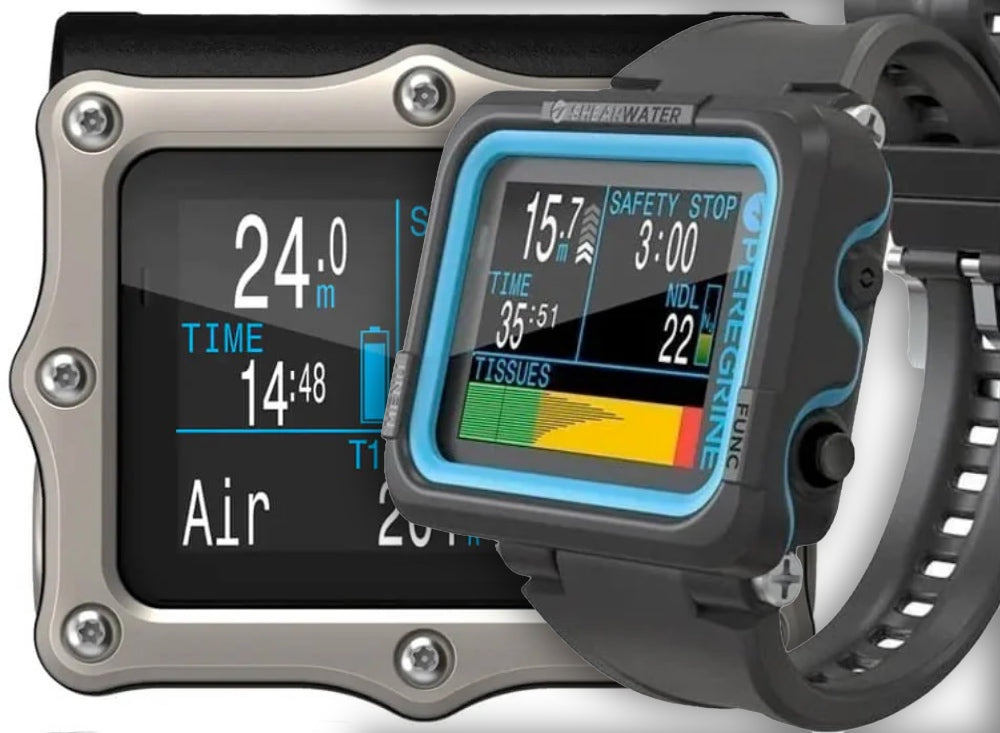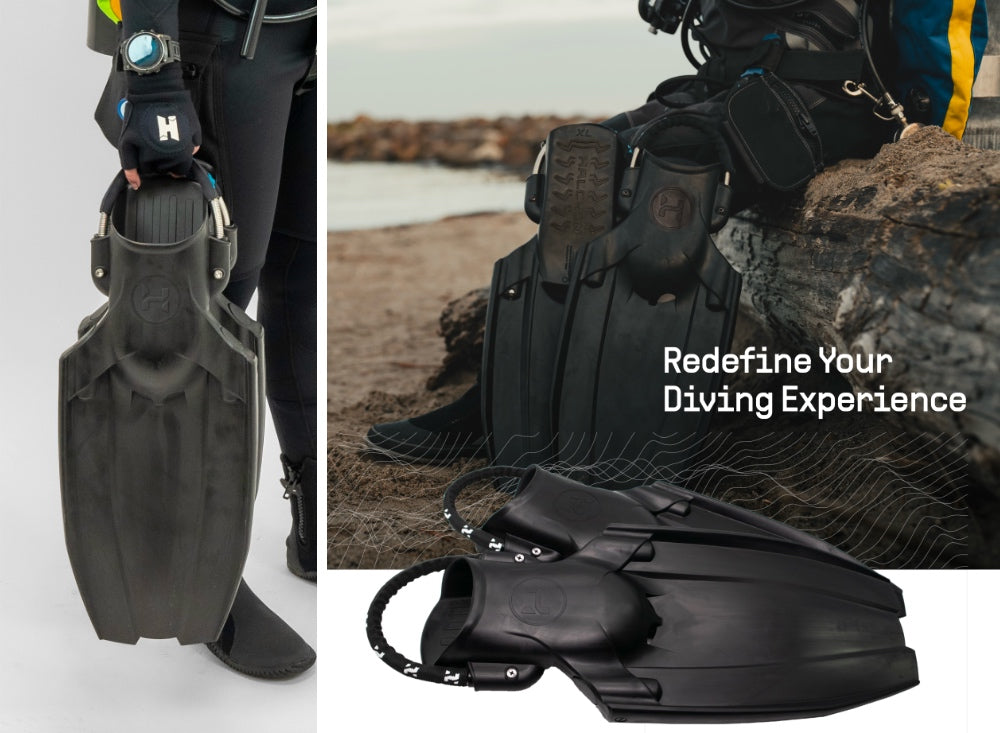How to have no break points but still be able to adjust a standard harness? It’s a good question, as although nothing is as good a fit as a pre-adjusted “DIR” harness, not everyone is comfortable with it and it may not be ideal for all conditions.
The feedback we get from those who prefer on-the-fly adjustability for single tank diving is that it makes it easier to don and doff kit, especially when diving off RIBs, for divers who have limited shoulder mobility, or divers who frequently change between dry and wet suits.
Fortunately, there are several ‘solutions’ out there that do not require a breakpoint in the webbing… yet still allow on-the-fly adjustments to be made.
Most continuous loop harnesses are made from a single length of 2-inch-wide webbing.
Suppliers generally provide this in about 4-meter ready cut rolls, most now with a single steel grommet in the middle point although webbing by the meter can also be purchased separately.
But not all webbing is the same: There is soft webbing, rigid webbing and those in-between with various strengths and durability. Some manufacturers will also custom brand their webbing to differentiate it from others.
Once set up properly, a continuous loop harness will be an ideal fit for an individual diver.
Off-the-shelf systems
Because of the demand for adjustability, a few manufacturers have designed systems that allow on-the-fly adjustments and fine-tuning to harnesses without adding any breakpoints to the webbing.
The most popular of these is, undoubtedly, the simpler OMS Smartstream Signature and the more sophisticated Halcyon Infinity (cinch) single tank wing systems.
The OMS Smartstream Signature system runs the harness through two rings attached to either side of the bottom of the backplate by separate, shorter, webbing. The harness can then be tightened and loosened by gliding through these flattened rings.
The Halcyon Infinity system is based on the Cinch plate that physically mounts behind the backplate allowing the same movement but by sliding through the backplate’s bottom webbing slots.
Effectively the two systems do the same thing.
Instead of the harness waist webbing being kept in place by tri-glides, both systems allow for the webbing coming down a diver’s shoulder to “slide” in and out of the backplate into position. That way a diver can release the shoulder webbing on either/both sides to easily get out of the harness or tighten it to fit before a dive.
It sounds simple and it is, it is also extremely easy to use, whether you go with the Cinch or Smartstream. The videos below depict how either system works.
If you already have a backplate and need more flexibility, the adjustable parts of both systems can also be purchased separately as an add-on to an existing backplate such as the Smartstream Full Harness Kit, Smartstream Quick Adjust Assembly which will more or less fit any backplate and the Cinch Full Harness Kit which will fit Halcyon backplates or those cloned from them.
Even Simpler Solutions
If the price point of ready-made adjustable harness systems is not to your liking or if you already have a fixed continuous loop harness and backplate but only need the extra flexibility of getting in and out of your BC, an even simpler solution is adding an inline slide buckle (pinch clip) for under £5.
It’s a simple, effective, and cheap fix without adding a genuine breakpoint to your harness and needs only to be fitted on one side.
As most single tank divers have gauges on the left arm and drysuit exhaust valves are also commonly on that side, we’ll focus on placing it to the left.
You need first to de-thread the left-hand waist webbing part of the harness from the backplate after removing any hardware (buckle, D-ring, tri-glides) up to the shoulder D-ring.
Then thread the female part of the buckle back up to under the shoulder D-ring where it will not hinder functionality.
Leave a gap of about 5-6 inches and thread in the male end of the buckle. Thread back the harness as you would in a non-adjustable system and replace the hardware.
Clipped together this will create a flat inline loop of excess webbing against your suit on the left, where the harness would be set up to perfectly fit your body.
When you unclip, this will create an excess of 5-6 inches on that side allowing you to easily don and doff the harness by removing your left arm.
If you are using a particularly soft webbing, tri-glides can be added to keep the buckles in place.
The feedback we receive for this cheap and simple “system” is that it is particularly useful when exiting the wing in water, getting into a RIB post-dive, as well as getting in and out of the rig in tight or adverse conditions.
In practice, we’ve seen people starting off with the ease of the single clip eventually get used to their harnesses so much that they either don’t use it or remove it, switching to the so-called DIR style.
Whatever your choice, enjoy your diving!



